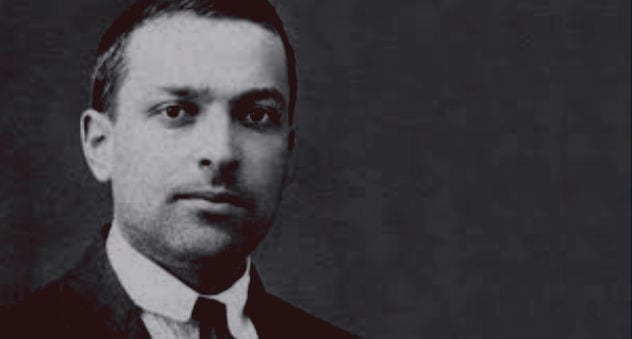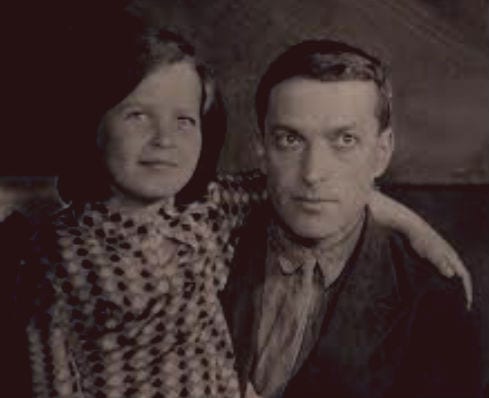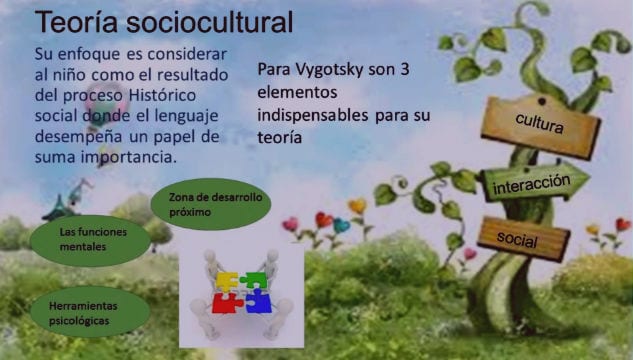The human mind, for centuries, has given more than one person what to talk about and think about. Thousands of scholars over the years have sought to unravel the mysteries that exist between the different minds of human beings. Why does it work that way, how is it possible that we are all so different in our thoughts, why some people are capable of behaving in a way that others simply disown.
The differences have been the subject of constant discussion for years; so much so that each generation a new analyst creates theories that may or may not disagree with others, but all in search of understanding what is going on inside our mind.
Within these men of science we can find Sigmund Freud, the well-known father of psychoanalysis; Elton Mayo, who worked with the behavior of employees in factories and companies both English and American; and also the psychologist Lev Vygotsky, who was a forerunner of Soviet neuropsychology, a Russian psychologist who made great contributions to modern life.
In this post we will learn a little more about the contributions this man made to education and psychology, and how his life was dedicated to giving us a better understanding of our minds.
A bit of Vygotsky's history
This man was born in Russia in 1896, into a Jewish family, and the second child in a family of eight. During his adolescence he developed a marked taste for the theater. At just 19 years old, when it was 1915, he wrote an essay on Shakespeare's play: Hamlet.
While in college, between the years 1913 and 1917, more than once he was involved in career changes due to the fact that the Seen materials did not finish filling his thirst for knowledge. He began studying medicine, but with only one month into the course he changed careers and began studying law at the Moscow State University; There, with only one year, he abandoned his career to study Philosophy and Letters at the popular university, as these subjects had fascinated him since his adolescence.
Once he graduated, and after discrimination against Jews settled in Russia was abolished thanks to the October Revolution, he decided that it was time to transfer his new knowledge to the masses eager to learn. In this way, I teach psychology and logic in the well-known Pedagogical Institute; aesthetics and art history at the Conservatory; at the same time he directed the theater section in a well-known newspaper and founded a literary magazine.
In 1920 he contracted tuberculosis, which at first affected him deeply, not only physically, but emotionally. He was transferred to a sanatorium, as this disease was considered quite serious at the time. Lev Vygotsky sensed that his life would be short, but he finally made a decision: he would intensify his working spirit to make his time on earth worthwhile.
He created a laboratory at the Pedagogical Institute where he could teach children with learning disabilities to attend kindergarten. It was with this activity that he would obtain good material for his book Pedagogical psychology.
He married in 1924 and from that union two daughters would be born. Four years had already passed since he contracted tuberculosis, but he would still have more time to carry out studies, theories and work, which would later be reviled and in some cases cut off due to opposition to them from the communist authorities.
He died in 1934 due to tuberculosis that had affected him for 14 years. However, he managed to dictate the last chapters of his works while he was in bed. He was a man who he was always active, no matter what the situation. Most of his works would be published in his later years and even after his death, but they would remain great contributions to psychology.

Lev Vygotsky's theories
Lev Vygotsky developed multiple theories that would serve the education of children with learning disabilities and children with more advanced abilities. His sociocultural theory has many applications within education and pedagogy.. Among these, the most famous are: his sociocultural theory, the metaphor of scaffolding and proximal learning. All these forming part of the same whole that must be applied to education.
Sociocultural theory
Lev Vygotsky's sociocultural theory has great contributions in what today is the education of our children, since it was not only used at the Russian level, but his posthumous material was evaluated by different nations and governments that decided that his work it was impressive to say the least.
The tests based on the ZPD, which are in charge of demonstrating and highlighting the potential of the child, are of great value when it comes to the standardized intelligence tests that are used in many countries of the world. These tests usually place a great emphasis on the knowledge and learning already obtained from the child. In this way, many children benefit from the theory that Vygotsky began almost a century ago.
Another of the fundamental contributions of this work is the social implication that Vygotsky marks in his work, in which he says that the normal development of a child's learning in one culture is not the same or applicable to that of children in other cultures or societies. In a simple way of explaining, the development of a child in an educational system is not as good when he is moving from a point with a marked culture and society to another that has another culture. It will be difficult for the child to adapt and teachers will have to find a way to work on it in a more personal way.
Proximal development zone (ZPD)
In this Vygotsky theory, we are told that adults, teachers and advanced students who are in the spaces close to the child (parents, siblings, tutors), have the responsibility of being a support for the child in question at the time of learn and work, at the point before he can learn by himself and continue with his tasks and tasks. This help can give children the boost they need to cross the proximal development zone, which is understood as that imaginary gap between what a child is already capable of doing, and what he cannot carry out by himself.
Children in the ZPD with a particular task are at a point where they are capable of carrying out a particular task, that is, they have the potential to do it, but still cannot do it without It helps because they still need to integrate some key of thought that is necessary for this task.
However, with the correct orientation they are able to perform the task correctly, since the people who are close to them guide them in their elaboration. In this way, to the extent that responsibility, collaboration, guidance and vigilance are covered, the child progresses adequately and can consolidate new knowledge and learning.
Scaffolding theory
The scaffolding method is the application given to the ZPD. It is the process by which a parent, guardian or teacher can help a child with a task that they are not yet able to do without receiving help.
This type of technique is given very often between parents and children when it really requires learning something, but at the same time it needs a guide to help it learn it.
This theory of Lev Vygotsky also tells us that it is not that the problems are solved for the child in question, but that they are given the resources and knowledge to solve them by themselves. In this way, it contributes to the transfer of learning, and more elaborate knowledge is achieved as a result of one's own experience.
When this technique was applied, the way children were taught what the tools were and how they worked was more effective in getting them to do their assigned tasks than if they had been explained how to do the task in the first place .
And besides that the children they gained a higher apprenticeship for it was not a matter of doing what they saw the tutor doing, but of using their own minds and getting the task done.
Many times the child will require our help, but eventually he will be able to do the assigned task, and once he has been able to do the work on multiple occasions, he will be able to do more difficult tasks in a short time thanks to the learning obtained.

